Thynnid / Other Wasps
Thynnid Wasps are parasites of beetle larvae. It is believed that females do not construct nests, but instead oviposit directly on a paralyzed beetle grub in the soil. The wasp pupae overwinter in soil and the adults emerge in early summer. The Myzinum are the largest and most colorful members of the family. The sexes differ significantly in appearance. The slender males have a “pseudostinger” at the tip of the abdomen. The females are not as long and slim as the males and have a real stinger. There are 17 species of this genus in North America. Individuals of this genus are so similar that they are generally not identifiable to species from photographs.
Scelionid Wasps are very small, approximately 1/16 – 1/2 inch in length. Characteristics of this family are elbowed antennae, keeled abdomen, and wing venation greatly reduced or absent. Female wasps lay their eggs on eggs of stink bugs and stay with the eggs until the larvae emerge, most likely to keep other parasites away.
Cuckoo Wasps (Chrysididae) are small, metallic, heavily armored and are mostly parasites in the nests of other wasps or bees. The female goes into the nest of the host and lays an egg. Her larva eats the host larva and/or the food stored in the nest. They are named after the cuckoo bird for their habit of laying eggs in nests of other bees and wasps.
Disclaimer: The content of NatureSearch is provided by dedicated volunteer Naturalists of Fontenelle Forest who strive to provide the most accurate information available. Contributors of the images retain their copyrights. The point of contact for this page is: Loren Padelford.
-
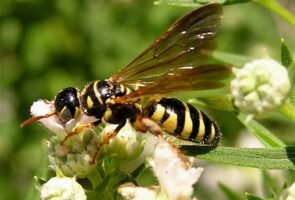 FIVE-BANDED THYNNID
FIVE-BANDED THYNNID
-
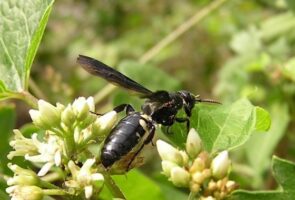 MYZINUM OBSCURUM
MYZINUM OBSCURUM
-
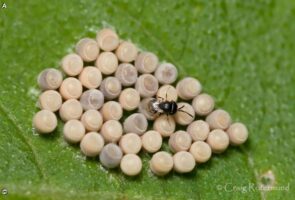 SCELIONID WASP
SCELIONID WASP
-
 CUCKOO WASP SP.
CUCKOO WASP SP.
-
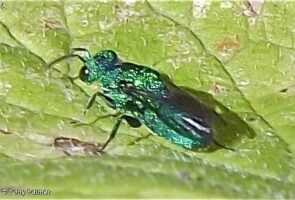 CUCKOO WASP SP.
CUCKOO WASP SP.
-
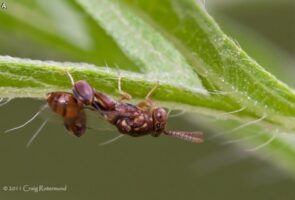 CONURA SP.
CONURA SP.
-
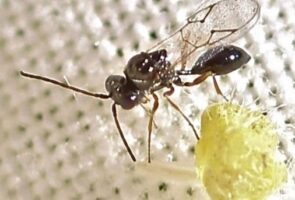 PARASITIC WASP
PARASITIC WASP
-
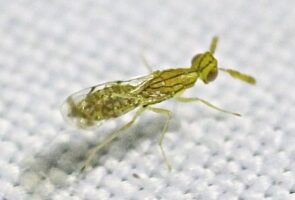 CHALCID WASP
CHALCID WASP
